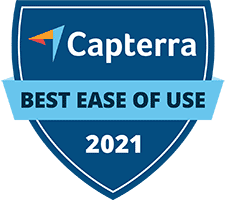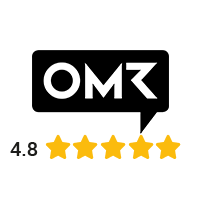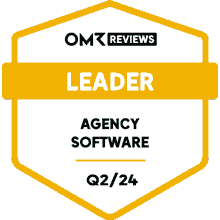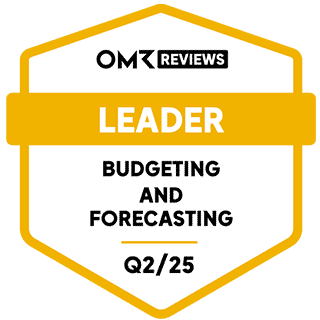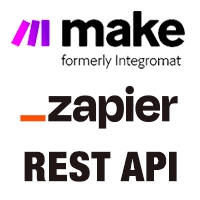Article from
Simplify Project Controlling with the KISS Principle.
Lost in numbers instead of clarity? Relying on complex reports in project controlling often leads to losing track. In this article, we show you how to avoid common mistakes with the KISS principle – and manage your projects clearly and effectively.
Complexity as an Efficiency Killer
Complicated Reports Cost You Clarity
Project controlling is meant to help steer projects safely, keep budgets in check, and make decisions. However, reality often looks different: overloaded Excel sheets, reports with numerous KPIs, and dashboards that raise more questions than they answer. Confusion reigns instead of clarity. And with each new project, the effort to maintain an overview increases.
Time to take the principle of simplification seriously – with the KISS Principle: Keep It Simple, Stupid. It may sound provocative, but it succinctly captures what project controlling must achieve today: it should be understandable, relevant, and above all, actionable.
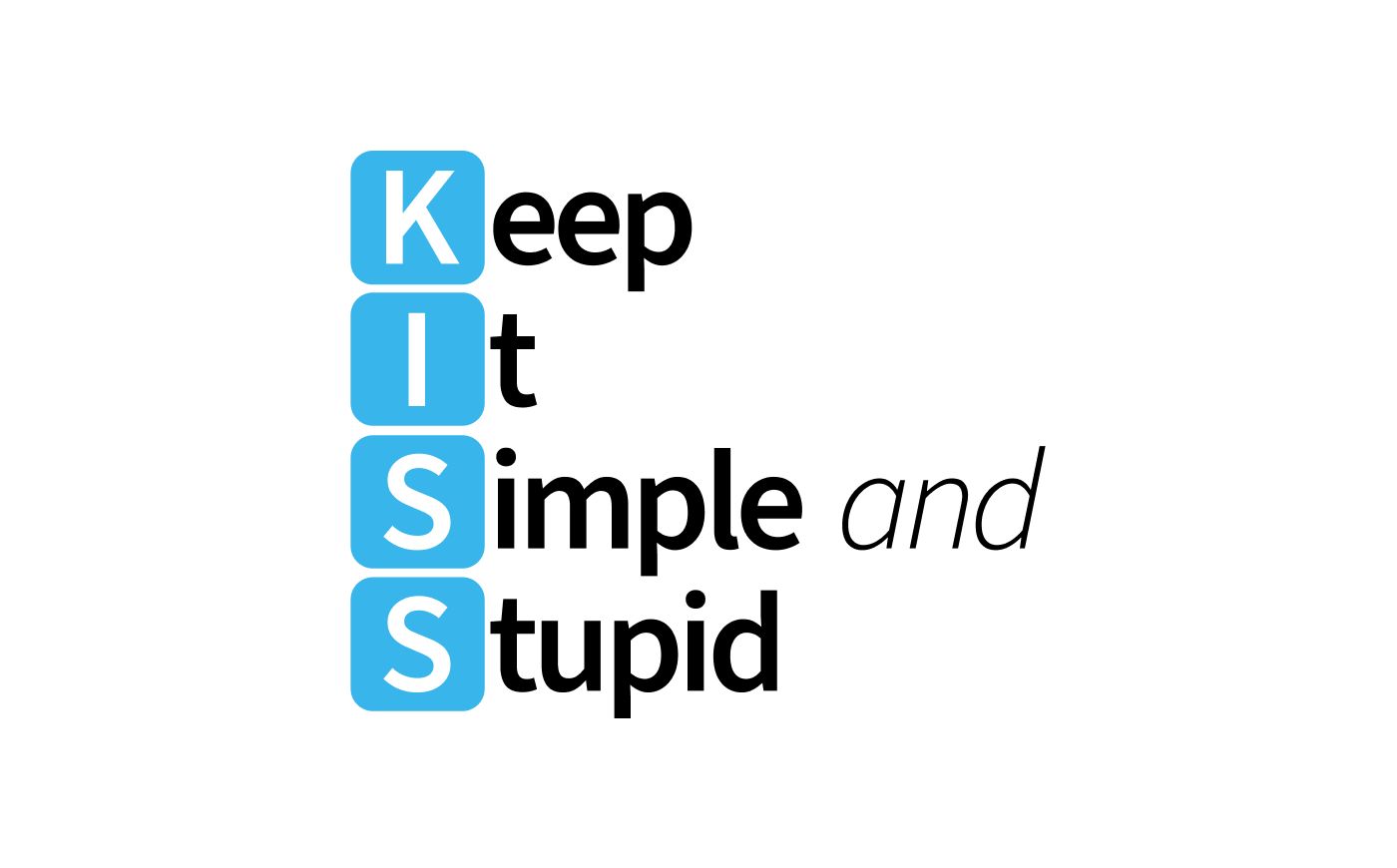 (English image not yet available)
(English image not yet available)
 (English image not yet available)
(English image not yet available)The Purpose of Project Controlling – and How It Gets Lost
Project controlling is not an end in itself.
It's about identifying deviations early, making data-driven decisions, and minimizing risks. Yet in practice, reports often become oversized data graveyards. A typical scenario: an agency produces weekly project reports with over 20 KPIs, automated from various tools. The problem? No one reads the reports. And if they do, few understand what they convey.
The goal is lost: instead of providing support, controlling creates uncertainty. It should do the opposite – provide security.
The Most Common Mistakes in Project Controlling
1️⃣ Too Many KPIs Without Focus
Just because a KPI is available doesn't mean it's relevant. Many companies collect data without asking: Which metrics truly help me move forward?
2️⃣ Non-transparent Data Sources
If numbers come from various tools and aren't uniformly prepared, trust – and the meaningfulness – diminishes.
3️⃣ Reports That No One Uses
If reports aren't designed for their audience, they get ignored. Controlling must be understandable and visually engaging.
4️⃣ Separation of Planning and Control
Many service providers plan their projects in one tool and control them in another. This complicates reconciliation – and opens the door to errors.
The KISS Principle in Project Controlling
The KISS principle was originally coined in software development but applies equally to controlling: systems (and reports) should be as simple as possible – and not more complex than necessary.
In project controlling, this means:
👉 Focus on the essentials.
👉 Relevant KPIs instead of a flood of KPIs.
👉 Clear visualizations instead of a sea of numbers.
A simple report isn't superficial – it's focused and striking. And only what is understood can be used.
How to Achieve Simple but Effective Controlling
Ask the Right Questions
What do I want to achieve with the report? Which decisions do I want to prepare? The answer to these questions defines which numbers are truly relevant.
Less is More
For agencies, consultancies, and IT service providers, three key metrics often suffice:
1️⃣ Project progress vs. budget
2️⃣ Hours worked vs. planned capacity
3️⃣ Profitability per project
Utilize Central Tools & Functions
An ERP system like MOCO supports with exactly the functions needed for streamlined project controlling:
- Integrated time tracking & invoicing
- Clear project reports
- Cross-departmental real-time metrics
- Custom notification settings for the project manager
- Export & API for custom specialized evaluations
3 Examples of Simple Reports with Impact
1. Central Project List
Custom project list with exactly the data you need for your overview.
The most helpful reports are those that are directly accessible. A central project list with individually compiled columns gives you exactly the overview you need for your project business. Filter options help your team retrieve the information relevant to them directly – without information overload. Here too, the rule applies: keep it simple and stupid.
The most helpful reports are those that are directly accessible. A central project list with individually compiled columns gives you exactly the overview you need for your project business. Filter options help your team retrieve the information relevant to them directly – without information overload. Here too, the rule applies: keep it simple and stupid.
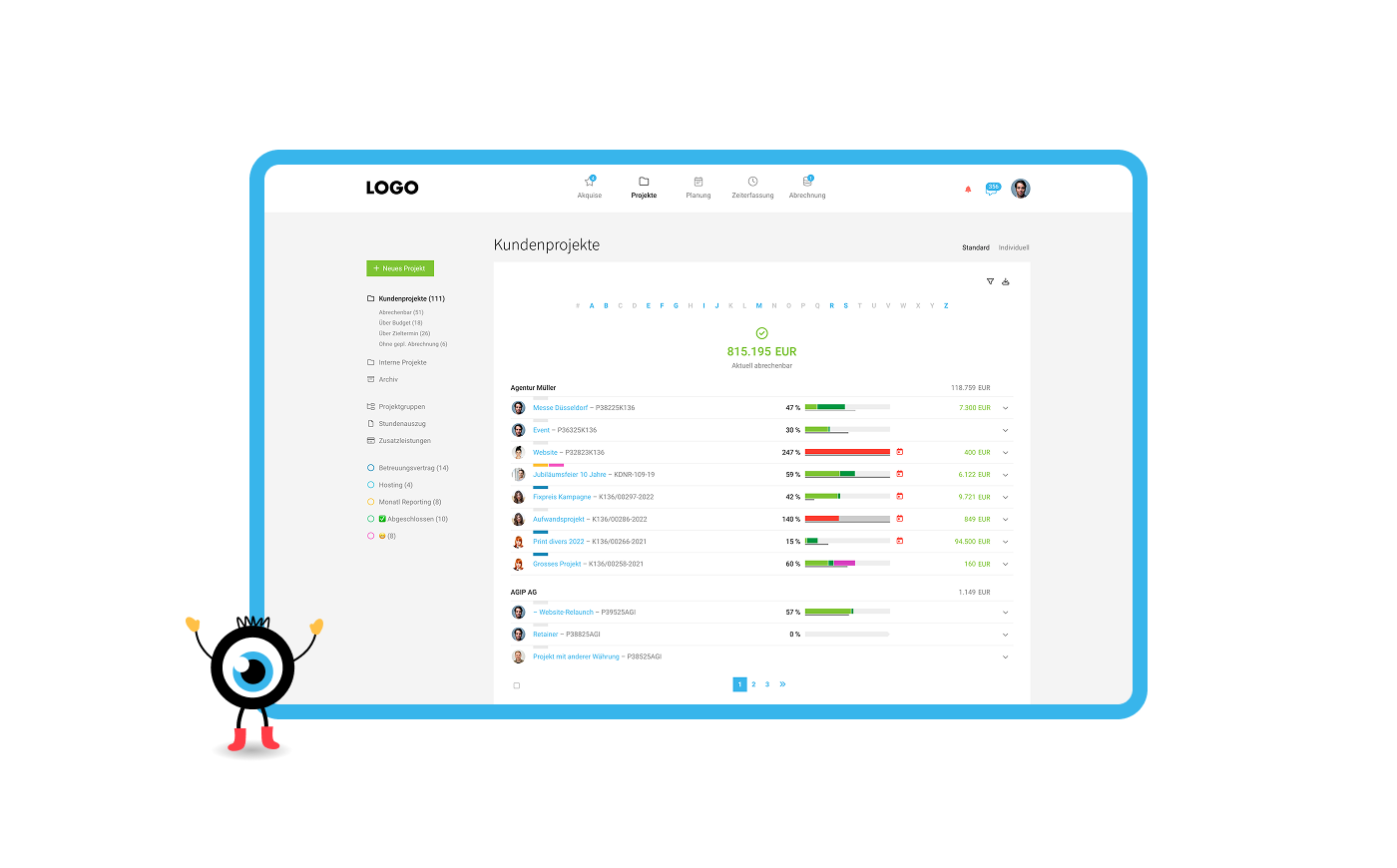 (English image not yet available)
(English image not yet available)In MOCO, you manage all projects flexibly and agilely.
✔ Budget progress in view – to react in time
✔ Overview of billable services – so no revenue is lost
✔ Smart Filter – that draws attention to tasks that need to be done
Performance vs. Budget
The progress bar shows how much of the budget has already been utilized by hours (light green) and additional services (dark green). A click leads directly to the detailed project report.
➡️ This way, you can identify budget deviations early – and adjust projects before it becomes critical.
Already Invoiced
A small grey bar below indicates how much has already been invoiced. Planned invoices from the invoicing schedule are additionally visualized in light grey.
➡️ This ensures transparency over outstanding revenues and improves your financial planning.
A small grey bar below indicates how much has already been invoiced. Planned invoices from the invoicing schedule are additionally visualized in light grey.
➡️ This ensures transparency over outstanding revenues and improves your financial planning.
Billable Items
The amount highlighted in green marks all items that can currently be invoiced – hours, additional services, or fixed price components. A click leads directly to invoicing.
➡️ This way, no billable service is left behind – and your cash flow moves faster.
The amount highlighted in green marks all items that can currently be invoiced – hours, additional services, or fixed price components. A click leads directly to invoicing.
➡️ This way, no billable service is left behind – and your cash flow moves faster.
Deadlines and Action Items in View
An icon signals at a glance whether a project deadline has been met or is overdue. Additionally, the project list can be filtered to focus on the essentials – e.g., only billable or over-budget projects.
➡️ You immediately recognize bottlenecks or delays – and can act proactively instead of reacting.
An icon signals at a glance whether a project deadline has been met or is overdue. Additionally, the project list can be filtered to focus on the essentials – e.g., only billable or over-budget projects.
➡️ You immediately recognize bottlenecks or delays – and can act proactively instead of reacting.
Custom Columns & Filters
Those who want to delve deeper can configure a custom project list: own fields, effective hourly rate, remaining budget, planning, and much more – all filterable and exportable.
➡️ You always have exactly the data in view that is relevant for your management – without information overload.
Those who want to delve deeper can configure a custom project list: own fields, effective hourly rate, remaining budget, planning, and much more – all filterable and exportable.
➡️ You always have exactly the data in view that is relevant for your management – without information overload.
💡 MOCO Tip
Use routines for clarity instead of control.
Instead of clicking through numbers daily, establish a weekly review meeting with a clear agenda: What went well, what needs attention, what can be completed? Archive a project after the last invoice. The project list only unfolds its full effect when it is regularly used and questioned together – not just controlled. This saves time and promotes team responsibility.
Instead of clicking through numbers daily, establish a weekly review meeting with a clear agenda: What went well, what needs attention, what can be completed? Archive a project after the last invoice. The project list only unfolds its full effect when it is regularly used and questioned together – not just controlled. This saves time and promotes team responsibility.
2. Resource Planning
Utilization by team member, bottlenecks identifiable early.
Don't underestimate which projects take place at which time. To realistically plan resources, capacity planning helps you.
Don't underestimate which projects take place at which time. To realistically plan resources, capacity planning helps you.
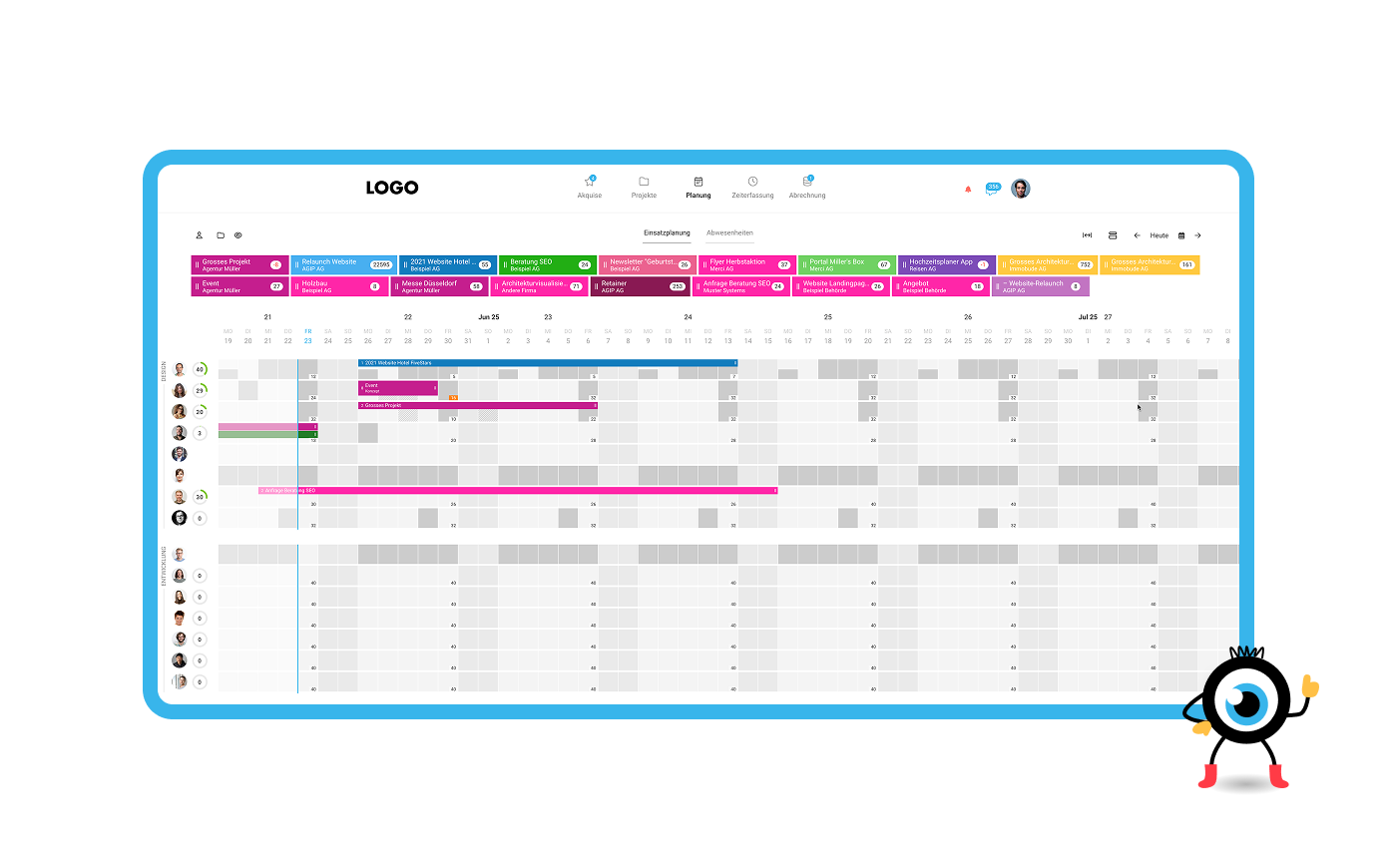 (English image not yet available)
(English image not yet available)MOCO helps you plan your projects future-proof:
✔ Long-term rough planning of projects and leads
✔ Detailed planning with any time units
✔ Planning entries for time tracking
✔ Vacation and absence overview across the entire company
Projects shouldn't be planned to the edge – rough is enough. Because what's it about? Seeing: Who is involved for how long – and where is there still room? Whether you assign projects by the day or break the week into time slots doesn't matter. In the end, it comes to the same.
Rough planning means: An 8-hour day is planned with 6 to 7 hours – the rest remains as buffer. For small tasks, spontaneous meetings, or simply to continue working flexibly on the project. The fine distribution? It can safely be the responsibility of the employees. Because they know best how to use their time sensibly. Find 6 more tips for stress-free resource planning in this blog post.
💡 MOCO Tip
Always plan with a realistic buffer.
Overload doesn't arise from bad tools, but from too tight planning. A simple trick: Plan capacities to a maximum of 80% – and consciously distribute the remaining 20% as buffer time. This makes your team more resilient to spontaneous requests, sick leaves, or changes – and sustainably reduces stress levels.
Overload doesn't arise from bad tools, but from too tight planning. A simple trick: Plan capacities to a maximum of 80% – and consciously distribute the remaining 20% as buffer time. This makes your team more resilient to spontaneous requests, sick leaves, or changes – and sustainably reduces stress levels.
3. The Project Report – Metrics in Context
An effective report doesn't have to be complicated.
One of the most insightful reports is the project report – because it combines planning, performance, finances, and profitability in a compact overview. Instead of isolated metrics, you get a well-founded overall view of the entire project – including progress, budget utilization, and economic viability.
 (English image not yet available)
(English image not yet available)
One of the most insightful reports is the project report – because it combines planning, performance, finances, and profitability in a compact overview. Instead of isolated metrics, you get a well-founded overall view of the entire project – including progress, budget utilization, and economic viability.
 (English image not yet available)
(English image not yet available)The project report shows you:
✔ Performance & Progress
Whether hours worked, additional services recorded, or progress against the schedule – here it becomes visible how far the project is and how much budget is still available.
✔ Performance & Progress
Whether hours worked, additional services recorded, or progress against the schedule – here it becomes visible how far the project is and how much budget is still available.
✔ Invoicing & Budget Control
You can see at a glance what has already been invoiced, what is still open – and whether you are within the agreed framework or should talk to the client.
You can see at a glance what has already been invoiced, what is still open – and whether you are within the agreed framework or should talk to the client.
✔ Profitability
Costs and revenues are compared – internally and clearly separated from the client's view. This way, you can see if the project is economically viable for your company.
Costs and revenues are compared – internally and clearly separated from the client's view. This way, you can see if the project is economically viable for your company.
✔ Detailed Time Analysis
Whether by performance, employee, or month – you can precisely track how working time is distributed in the project.
Whether by performance, employee, or month – you can precisely track how working time is distributed in the project.
✔ Collaboration with Clients
A restricted project report can be shared directly with the client if desired – for transparent collaboration without annoying reporting effort.
A restricted project report can be shared directly with the client if desired – for transparent collaboration without annoying reporting effort.
➡️ This way, you not only keep an overview – but also recognize early where you need to intervene.
💡 MOCO Tip
Make profitability part of your project setup.
Define internal minimum goals at the start of the project – for example, a target contribution margin or a minimum margin. These guidelines help you to intervene specifically during the project if it becomes apparent that profitability is tipping. This promotes a more business-oriented mindset in the team – not just at the end of the month, but from the start.
Define internal minimum goals at the start of the project – for example, a target contribution margin or a minimum margin. These guidelines help you to intervene specifically during the project if it becomes apparent that profitability is tipping. This promotes a more business-oriented mindset in the team – not just at the end of the month, but from the start.
Control Instead of Losing Control
Project controlling doesn't have to be complicated to be effective. On the contrary: the simpler and more focused the reports, the better projects can be managed. The KISS principle helps to focus on the essentials – and finally regain control.
